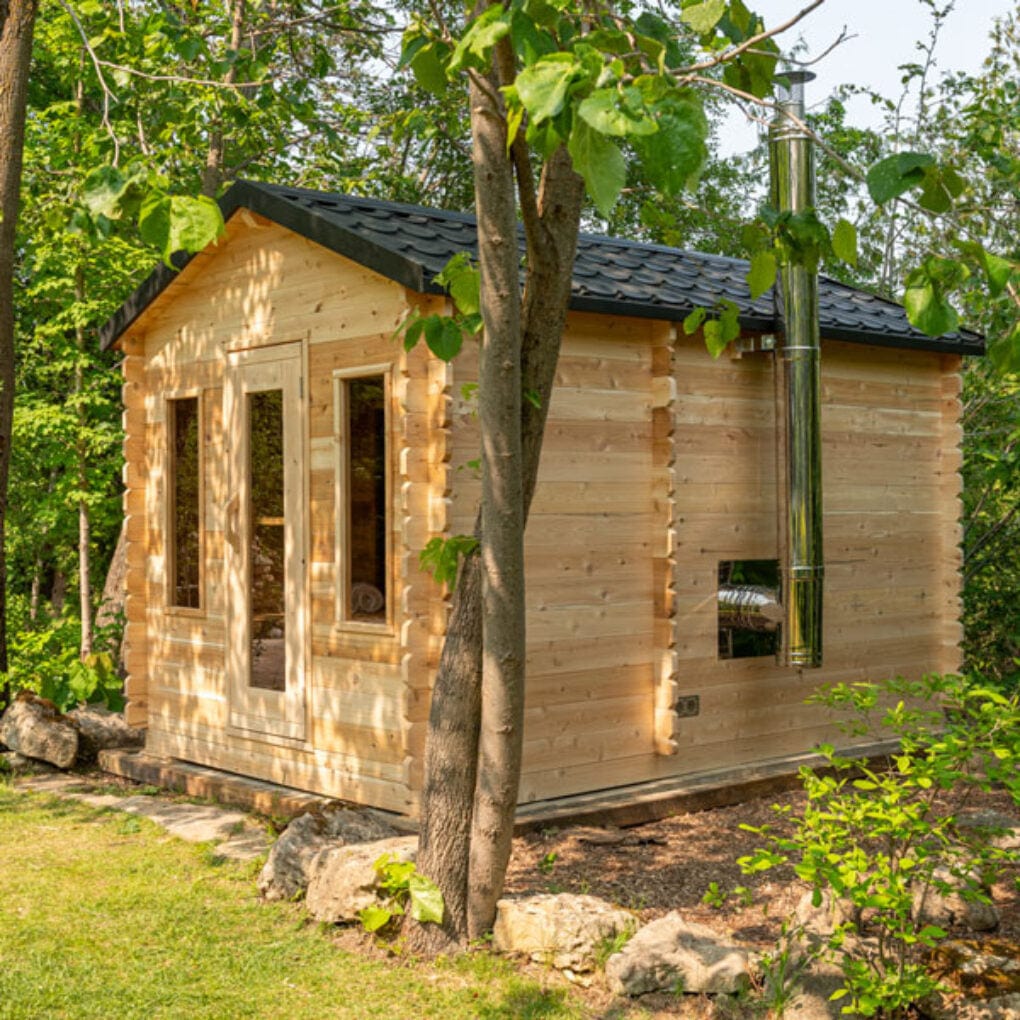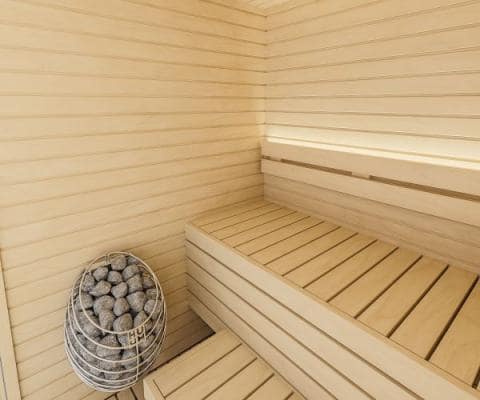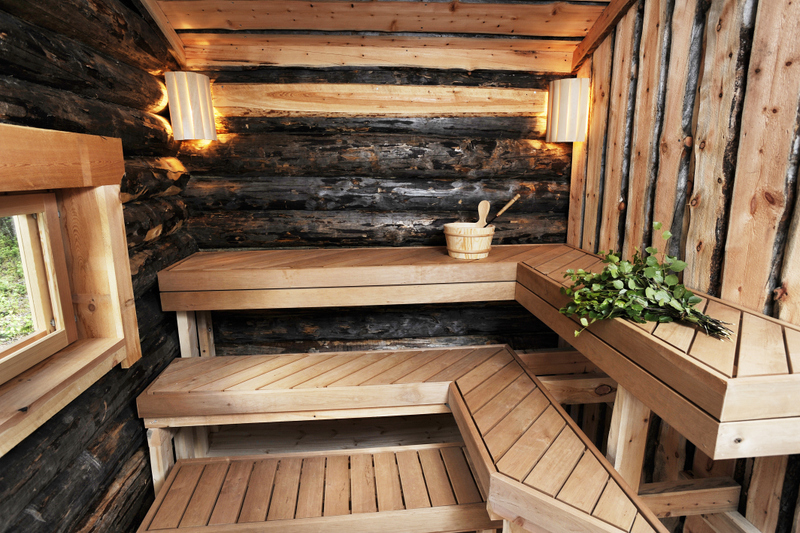The 45-Second Trick For Traditional Sauna
The 45-Second Trick For Traditional Sauna
Blog Article
The Of Traditional Sauna
Table of ContentsTraditional Sauna Things To Know Before You BuyThe Greatest Guide To Traditional SaunaAn Unbiased View of Traditional SaunaNot known Facts About Traditional SaunaThe Best Strategy To Use For Traditional Sauna
Many of the weight shed in a sauna is water loss and is re-gained upon rehydrating. However, certainly sauna can be an integral part of a healthy and balanced weight loss program. To look at the distinctions between standard and IR saunas, I will certainly divide these into verifiable, academic, and produced differences.Hence, the best point in the saunawhich goes to the ceiling straight over the sauna heateris normally between 185 and 190 F. Claims that a typical sauna surpasses 200 F is just not real and not suitable for electric saunas offered in the US. The temperature level for a far-infrared sauna is normally set in between 120 and 140 F; nevertheless, unlike the conventional sauna, the objective in and IR room is not to attain a high temperature level.
As a result of this, the temperature difference is almost pointless, given that excessive sweating results in both sauna kinds, however the approach of heating the body is different. In an IR sauna the bather will certainly feel warm and will sweat a lot, but at a lot lower temperatures (Traditional Sauna). Hence, if the goal is to spend longer time periods in the sauna, the IR sauna is an excellent option
When a typical sauna has been properly warmed, the sauna wall surfaces are cozy, the air temperature has achieved set temperature level and the rocks are incredibly heated. As a fascinating side note, the heated wall surfaces and the rocks are releasing far-infrared warm, integrated with the heated air, to develop an "covering heat".
The Ultimate Guide To Traditional Sauna

When the heat is attained, the aspects cycle on and off to preserve the heat. Most conventional sauna customers enjoy pouring water over the rocks to produce heavy steam to elevate sauna moisture levels. The benefits of pouring water over the rocks include: making the room a lot more comfy, moistening the nasal flows, and allowing the usage of aromatherapy by blending vital oils with the water.

When the energy enters the body, it causes the body temperature level to enhance and inevitably leads to sweat. In an infrared sauna it is essential for the emitters/heaters to continue to be on virtually continuously. Given that there is no mass of rocks to preserve warmth, the sauna will cool if the emitters closed off.
As pointed out above, the sauna bather in an infrared space desires to place himself in front of operating emitters to obtain optimal benefit from the warmth. The heating time for the two spaces can be extremely different, relying on how the spaces are used. For a traditional sauna, a bather must allow 30-40 mins for the room to accomplish a wanted temperature level and to appropriately pre-heat the rocks.
The smart Trick of Traditional Sauna That Nobody is Discussing
A well constructed sauna will normally achieve a temperature of 150-160 F in informative post regarding 30-40 minutes. For hotter temperatures, the room might require to heat for a longer period.

Typical saunas have a tendency to be larger (therefore check over here use even more electrical energy) than infrared saunas, although typical saunas are certainly offered in one and 2 individual dimensions. For a two-person traditional sauna, 5x6 or 5x7 dimension is most prominent. The leading bench can pleasantly seat two or three people and is also long sufficient to lie down during the sauna session.
Traditional Sauna Can Be Fun For Everyone
The average cost per kWH of electrical energy in the united state is roughly $0.11, so a 4.5 kW heating unit will certainly cost roughly $.50 to compete one hour, if the heating system runs continuously for one hour. Typically a sauna heating unit will certainly run for 75% of the very first hour and 50% of succeeding hours on given that the elements cycle once the set temperature level is achieved.

Lastly, there is a hardly ever discussed difference in the social experience in between the two rooms. While our society has lost some of the social advantage of the traditional sauna experience, it can be really socially rewarding (Traditional Sauna). From family time in the sauna, to heart-felt discussions with significant others, to sauna partiesthe standard sauna experience can result in intimate interacting socially
Some Known Details About Traditional Sauna
The majority of greater end infrared spaces include tinted light therapy, noise systems and full-glass fronts.
Report this page